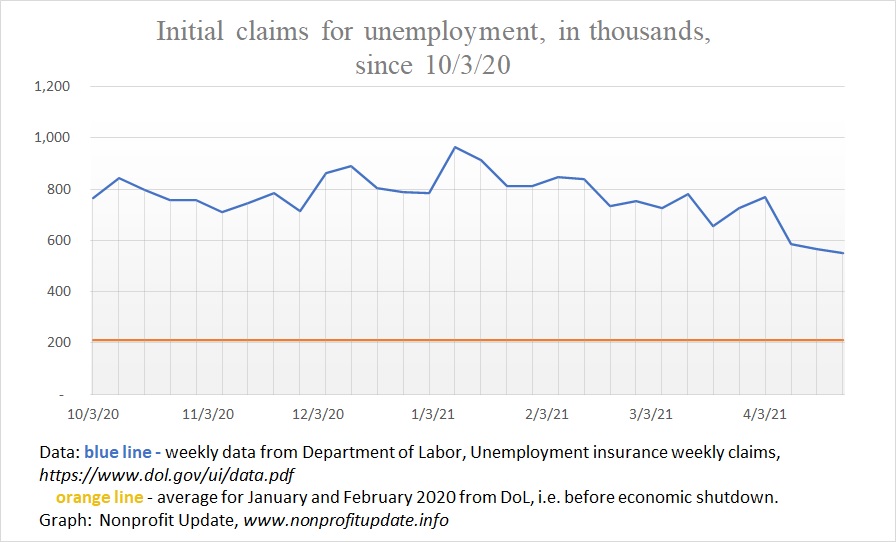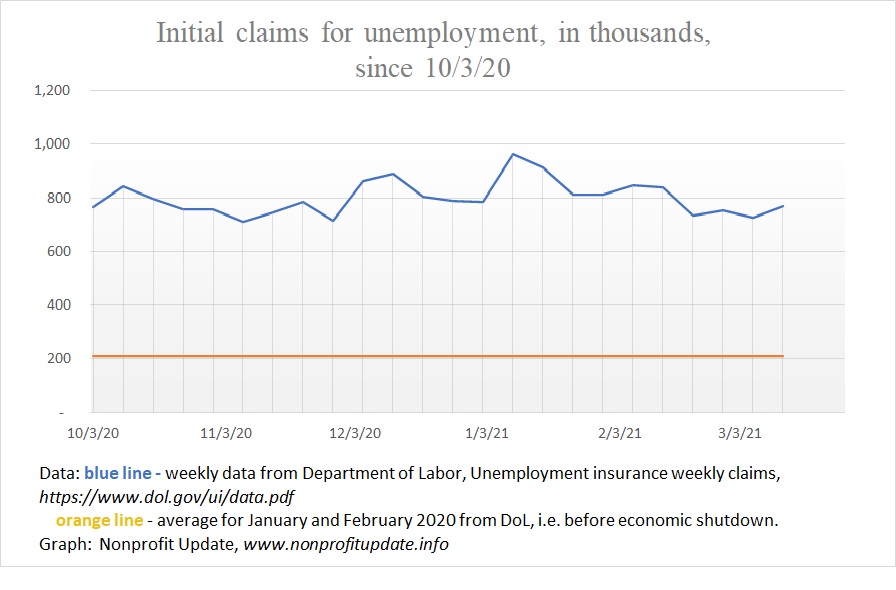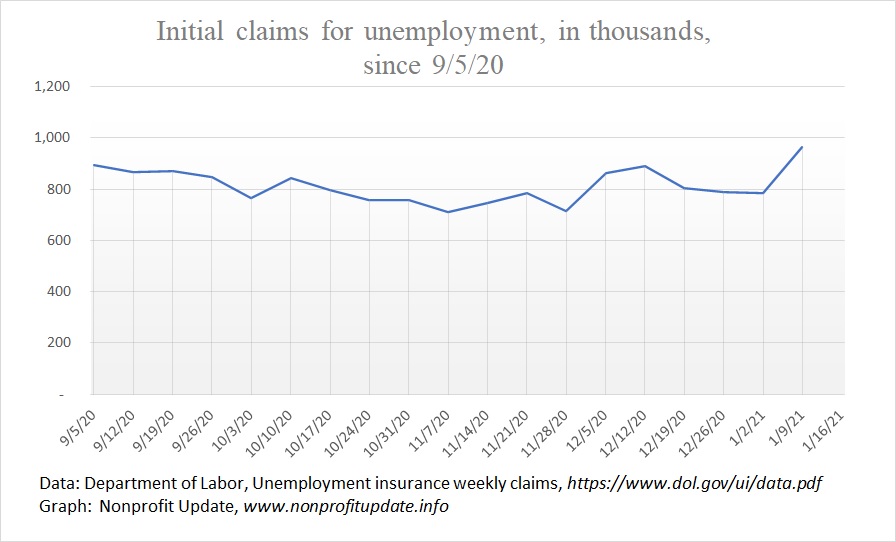
The unemployment rate skyrocketed during the pandemic heating a frightening 14.7% in April 2020, a year ago. It declined substantially, hitting 6.9% in October 2020.
Since November, he sent to the corresponding to the election, the employment rate has been slowly declining, drifting down to 6.0% in March 2021.
In April 2021, then upon rate inched up to 6.1%. This is the first monthly increase since the peak in April 2020.
To help understand the data and underlying trends, let’s dive deeper into the numbers.
The U-3 and U-6 unemployment rates since the start of 2019 are visible in the graph at the top of this post.
General trend visible in that graph is unemployment rate has been flat at around 6% since the fall after having been at below 4% for over a year before the pandemic.
For a longer-term perspective, check out the U-3 and U-6 unemployment rates since before the Great Recession:
(more…)



